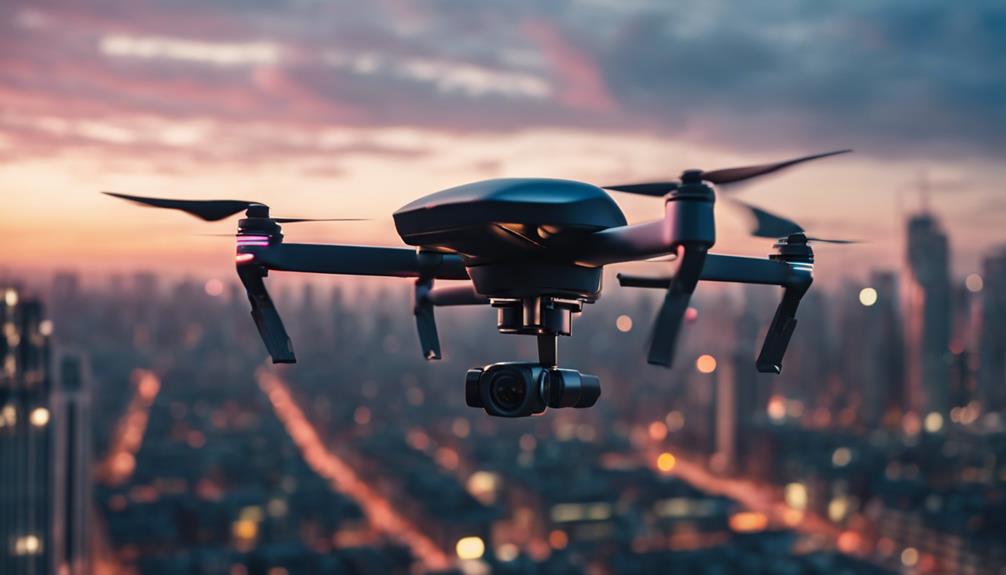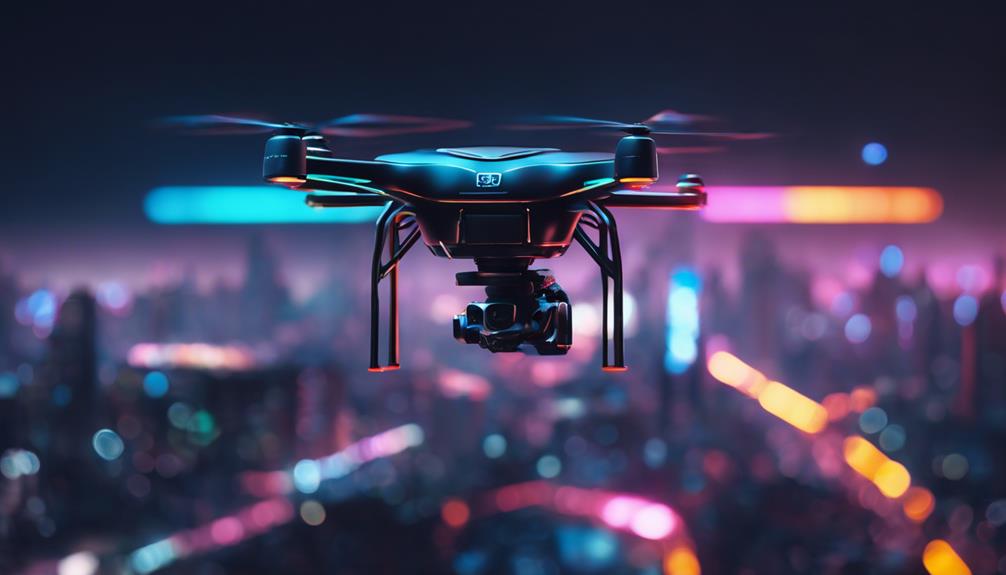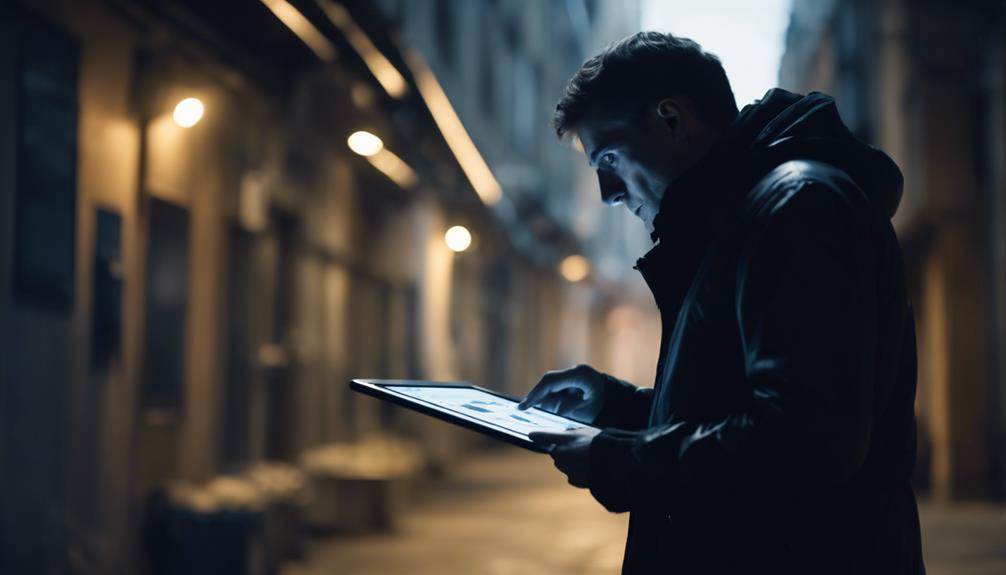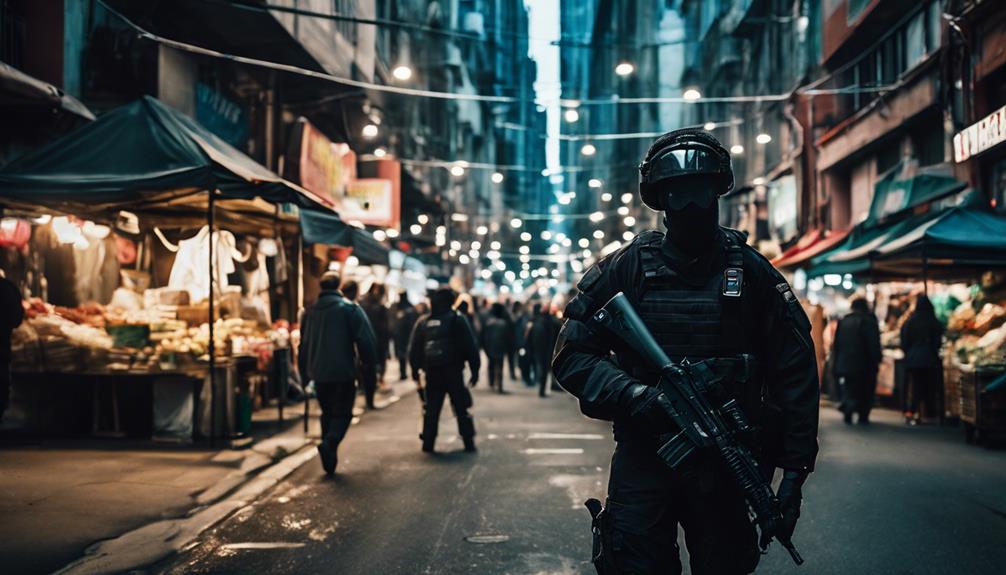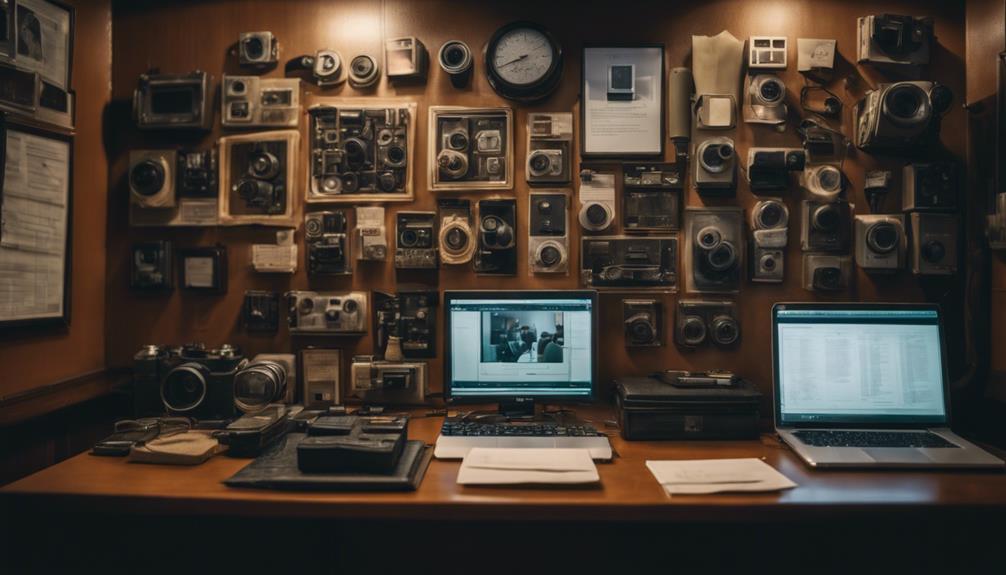
In an age where security and privacy concerns are at the forefront, the demand for spy cameras equipped with audio recording capabilities has surged. These devices offer an innovative solution for monitoring environments discreetly while capturing both visual and auditory evidence. However, the implications of using such technology are complex, encompassing legal, ethical, and practical considerations. This article aims to provide a comprehensive overview of spy cameras with audio, helping you navigate their advantages, limitations, and responsible uses.
Understanding the Basics of Spy Cameras with Audio
Spy cameras with audio recording capabilities are designed to capture video and sound discreetly. They can be found in various forms, including hidden cameras embedded in everyday objects like smoke detectors, clocks, or even picture frames. The primary function of these devices is to monitor activities covertly, providing users with vital information when needed. These gadgets can serve a wide array of purposes, from enhancing home security to monitoring caregivers in sensitive situations.
The technology behind these spy cameras has evolved significantly, often incorporating advanced features such as high-definition video, motion detection, and remote access through smartphones or tablets. The ability to record audio alongside video adds another layer of detail that can be crucial for understanding context in various scenarios. However, potential users should thoroughly research and understand how these devices operate to ensure they are using them effectively and legally.
The Legal Implications of Recording Audio in Secret
Recording audio without consent can lead to serious legal consequences, depending on jurisdiction. Laws vary widely by country and even by state, making it crucial to familiarize yourself with local regulations before using an audio-enabled spy camera. In many places, it is illegal to record conversations without the consent of all parties involved, which could lead to criminal charges or civil lawsuits if violated.
Even in jurisdictions where one-party consent is acceptable, ethical considerations remain paramount. Recording someone without their knowledge can breach trust and privacy expectations, potentially leading to reputational damage or significant emotional distress. Therefore, understanding the legal landscape surrounding audio recording is not just about avoiding penalties; it’s about making informed choices that respect the rights of others.
How to Choose the Right Spy Camera for Audio Recording
Selecting the right spy camera with audio capabilities requires careful consideration of your specific needs and intended use. Factors such as recording quality, battery life, storage capacity, and ease of use should all be taken into account. For example, if you require high-definition video alongside audio, look for cameras that support at least 1080p resolution. Battery life is equally important, especially if you plan to leave the device unattended for extended periods.
Another critical aspect is connectivity options. Many modern spy cameras come equipped with Wi-Fi capabilities, allowing for remote access and real-time monitoring. This feature can be particularly advantageous for users who need to check in on a situation while away from home. Research different models and read customer reviews to identify the device that best aligns with your requirements, ensuring that you make an informed decision.
Key Features to Look for in Audio-Enabled Spy Cameras
When selecting an audio-enabled spy camera, it’s essential to focus on specific features that enhance functionality. Look for cameras equipped with noise-cancellation technology, which can significantly improve audio clarity by filtering out background noise. This feature is particularly useful in environments where sound quality is critical. Additionally, some cameras come with adjustable microphones that allow users to tailor the recording sensitivity based on their surroundings.
Another vital feature is storage options. Many spy cameras offer cloud storage, which allows for secure remote access to your recordings. Alternatively, consider models that use SD cards, as these provide a convenient way to store and transfer audio and video files. Storage capacity will impact how long you can record without needing to delete or transfer files, so choose a model that meets your recording frequency and duration needs.
Setting Up Your Spy Camera for Optimal Audio Quality
To ensure the best audio quality from your spy camera, proper setup is integral. First, consider the placement of the device; it should be positioned close enough to the sound source while remaining discreetly hidden. Avoid placing cameras in areas with excessive background noise, as this can interfere with audio clarity. Additionally, ensure that the camera is secure and stable to prevent any movement that could distort the recording.
Adjusting the microphone settings is another crucial step. Many audio-enabled spy cameras allow users to modify microphone sensitivity to accommodate different environments. If the camera has a built-in equalizer, experimenting with these settings can also help in capturing clearer sound. Regularly test your setup to confirm that both video and audio quality meet your expectations, making adjustments as necessary.
Tips for Discreetly Placing Your Spy Camera
Discretion is key when it comes to effectively utilizing spy cameras with audio capabilities. The first tip is to select a location that offers a clear line of sight to the area you wish to monitor, while also being inconspicuous. Common hiding spots include shelves, potted plants, or behind furniture. The goal is to blend the camera into the environment so it goes unnoticed by those being recorded.
Another useful strategy is to camouflage the camera within everyday objects. Opt for devices that resemble ordinary household items, such as alarm clocks or air fresheners. This not only conceals the camera but can also prevent individuals from acting differently if they were aware they were being recorded. Taking the time to plan your camera’s placement will enhance its effectiveness while maintaining a level of discretion.
Best Practices for Recording Audio with Spy Cameras
When recording audio with spy cameras, adhering to best practices can significantly enhance the effectiveness of your surveillance efforts. First and foremost, always ensure that your device is fully charged or plugged in to avoid interruptions during recording sessions. Regularly check and maintain your devices to ensure they are functioning correctly, as any malfunction could compromise your recordings.
Additionally, be mindful of the duration and frequency of your recordings. Continuous recording may not always be necessary and can lead to overwhelming amounts of data to sift through. Instead, consider setting your camera to activate only during certain hours or when motion is detected. This approach can help conserve storage space while still capturing critical moments when they occur.
Common Misconceptions About Audio-Recording Devices
One prevalent misconception about audio-recording spy cameras is that they are primarily used for nefarious purposes. While it is true that some individuals may misuse these devices, many legitimate uses exist—such as monitoring elderly family members, ensuring the safety of children, or enhancing security in homes and businesses. Understanding the diverse range of applications can help destigmatize their use and promote responsible ownership.
Another common misunderstanding is that all audio-enabled spy cameras provide high-quality recordings. In reality, the audio quality can vary dramatically between models, influenced by factors such as microphone quality, environmental noise, and recording settings. Prospective buyers should thoroughly research their options to ensure they select a model that meets their specific audio recording needs.
Where to Use Spy Cameras Legally and Ethically
When considering where to deploy audio-enabled spy cameras, it is crucial to prioritize legality and ethics. Some appropriate locations may include your own home, where you have a right to monitor activity for safety purposes, or in your workplace, provided you adhere to legal guidelines regarding employee notification. Additionally, using cameras to monitor common areas, like hallways or lobbies, can ensure that you are respecting privacy rights while maintaining security.
Conversely, it is essential to avoid placing cameras in private areas, such as bathrooms or bedrooms, where individuals have a reasonable expectation of privacy. Respecting these boundaries not only adheres to legal standards but also fosters trust among family members or employees. Engaging in transparent conversations about surveillance can help mitigate potential backlash and promotes ethical use of technology.
The incorporation of audio recording capabilities into spy cameras opens a world of possibilities for enhancing security and monitoring environments discreetly. However, it is paramount to approach their use with a clear understanding of legal obligations, ethical considerations, and practical functionalities. By selecting the right devices, adhering to best practices, and respecting privacy boundaries, users can harness the benefits of audio-enabled spy cameras effectively. As technology continues to evolve, responsible use will ensure that these innovative tools contribute positively to our lives, providing peace of mind in an increasingly unpredictable world.
